Raed M. Shubair
Downlink Received Power Performance Analysis of IRS for 6G Networks
Apr 28, 2023Abstract:The Internet of Things (IoT) is going to be a few of the most influential and critical role spectators in the post-5G and 6G wireless networking paradigm because IoT is being deployed in a variety of applications and services such as smart towns, smart homes, savvy environment monitoring, smart medical care, smart factories, savvy agri-business, and so on, with the goal of enabling intelligent coordination and efficiency improvement. An intelligent reflective surface (IRS) is a notable invention that will be included into 6G wireless systems to optimize the electromagnetic propagation atmosphere in a configurable or adjustable manner in order to increase communication between the transmitting and receiving devices. The study aims to increase IoT service coverage by employing IRS in micro wireless transmission. As a result, in terms of receiving power, the research investigated and compared the effectiveness of traditional small cellular connectivity with IRS-enhanced small cellular transmission in the 6G wireless IoT environment. According to the findings, deploying IRS greatly improves coverage for IoT-related services.
Capacity Maximization of the 6G Networks Deploying IRS
Mar 21, 2023Abstract:The objective of the work is to improve the capacity of the micro cell, i.e., enabling the micro cell base station of a two-tier network to serve an increased number of devices. Therefore, the work deployed an IRS in a micro cell and achieved significant improvements in the performance with a reduced transmit power of the micro base station.
Intelligent Reflecting Surfaces Positioning in 6G Networks
Mar 14, 2023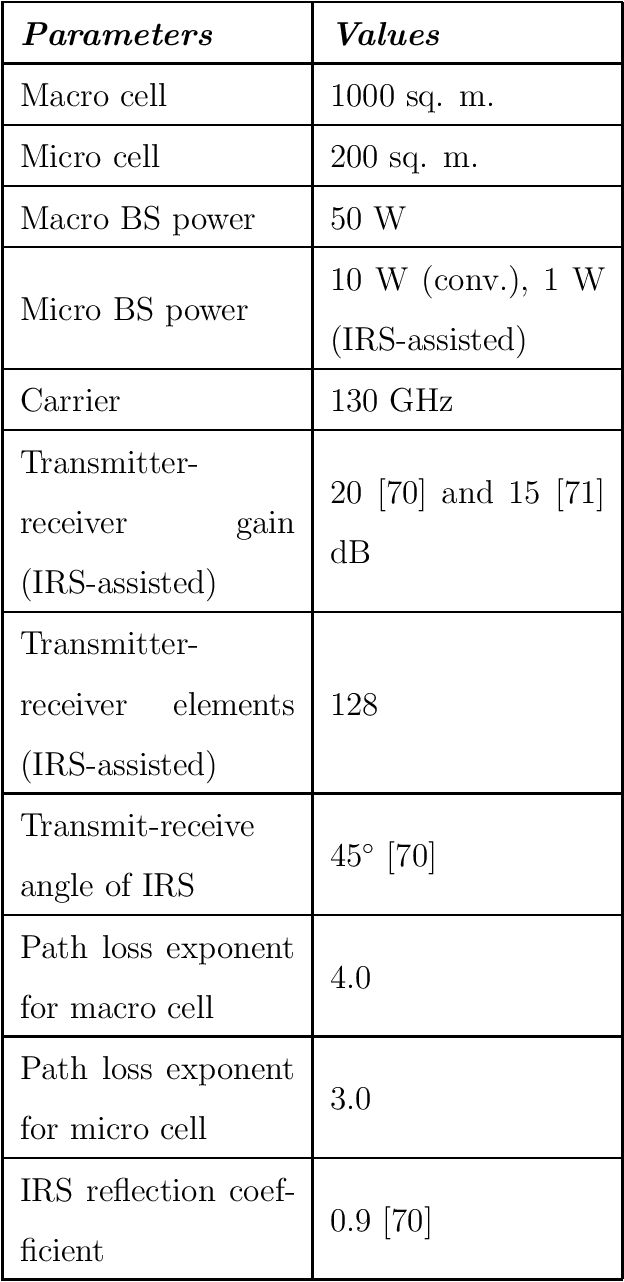
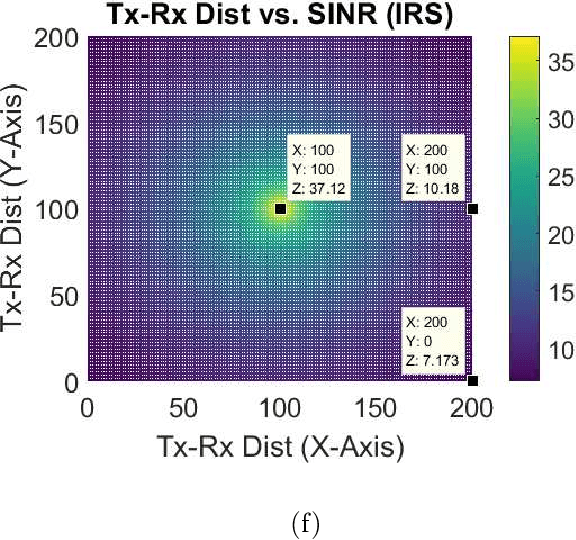
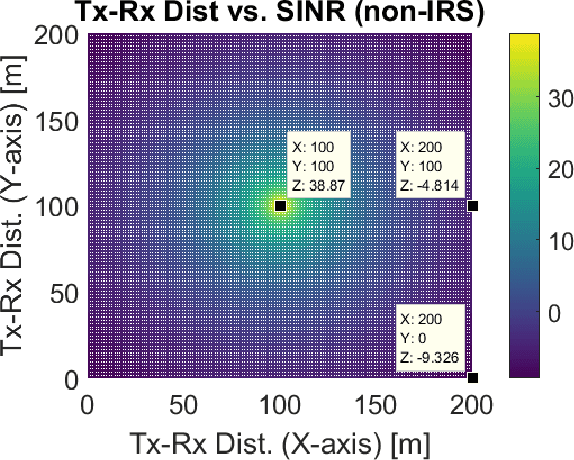
Abstract:The work analyzed the positioning of IRS over the coverage region of micro cell to derive optimal placement location to support cell-edge Internet of Things (IoT) devices with a favorable signal-to-interference plus noise ratio (SINR). Moreover, the work derived that the implementation of IRS significantly enhances energy efficiency notably reducing the transmit power of the micro cell base station.
SINR Coverage Enhancement of 6G UAV-Assisted Networks Deploying IRS
Dec 03, 2022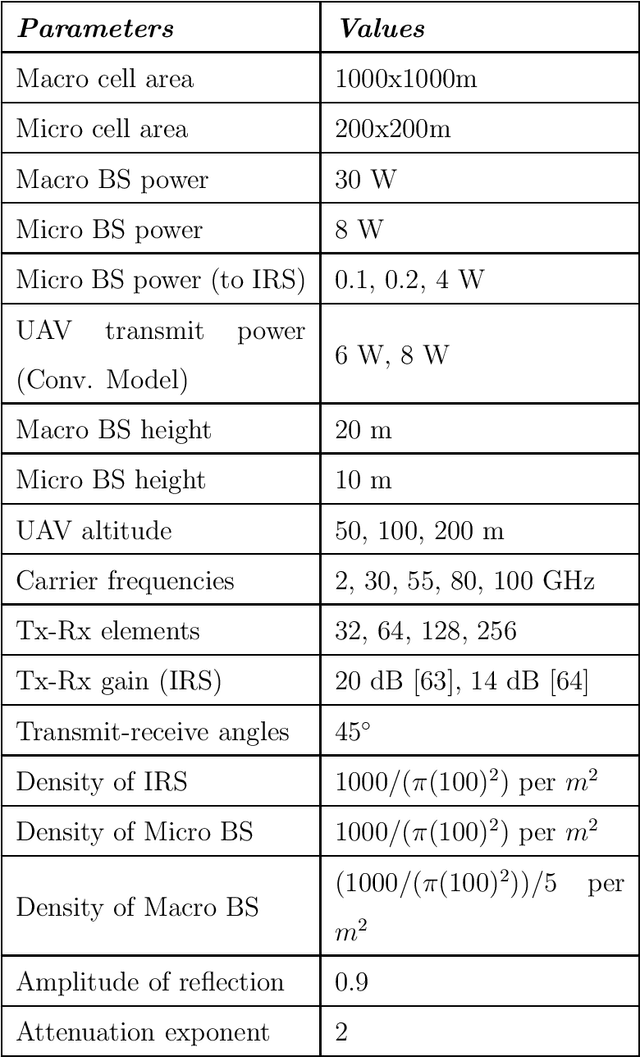
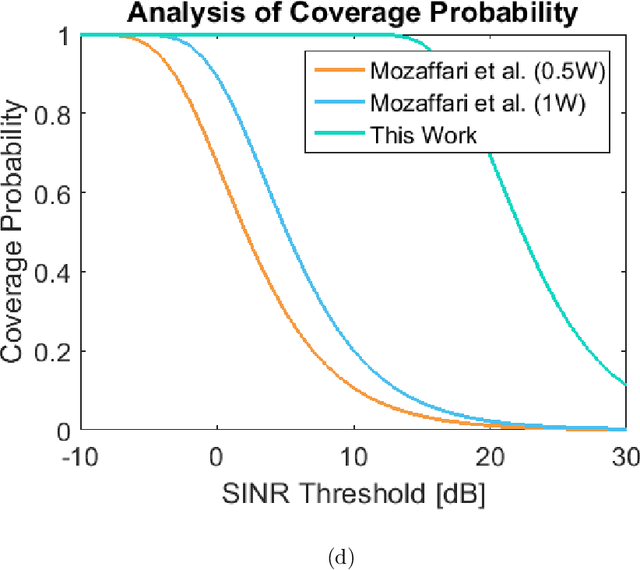
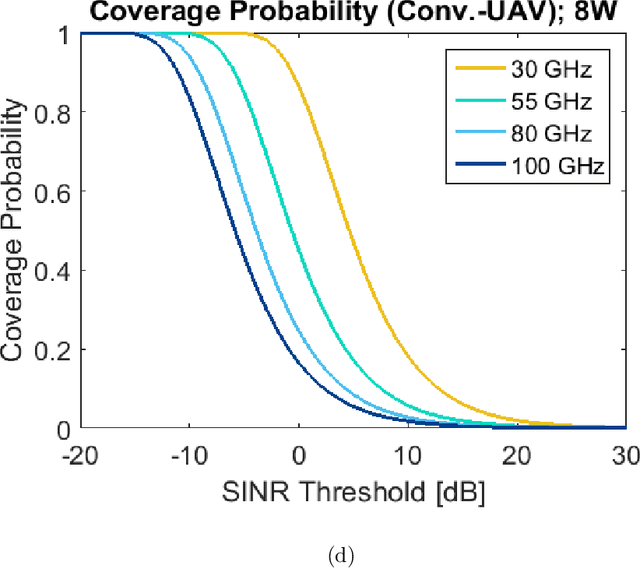
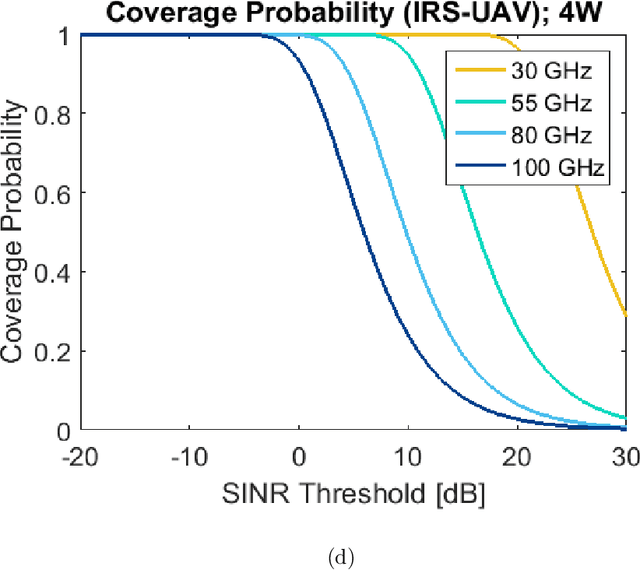
Abstract:The objective of the work is to enhance the signal-to-interference-plus-noise ratio (SINR) coverage probability in UAV-assisted 6G wireless networks. Therefore, the work analyzed and compared the coverage probability of conventional and IRS-assisted UAV communications models. The research obtained that the employment of IRS in UAV-assisted wireless networks enhances the SINR coverage probability significantly. Moreover, the installment of IRS in UAV networks reduces the energy consumption of the network.
Maximization of User Association Deploying IRS in 6G Networks
Aug 12, 2022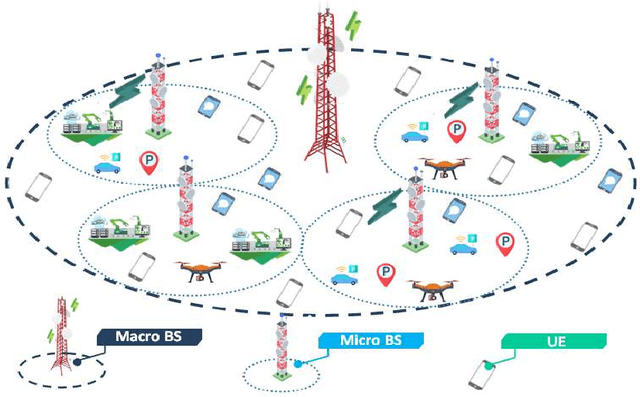
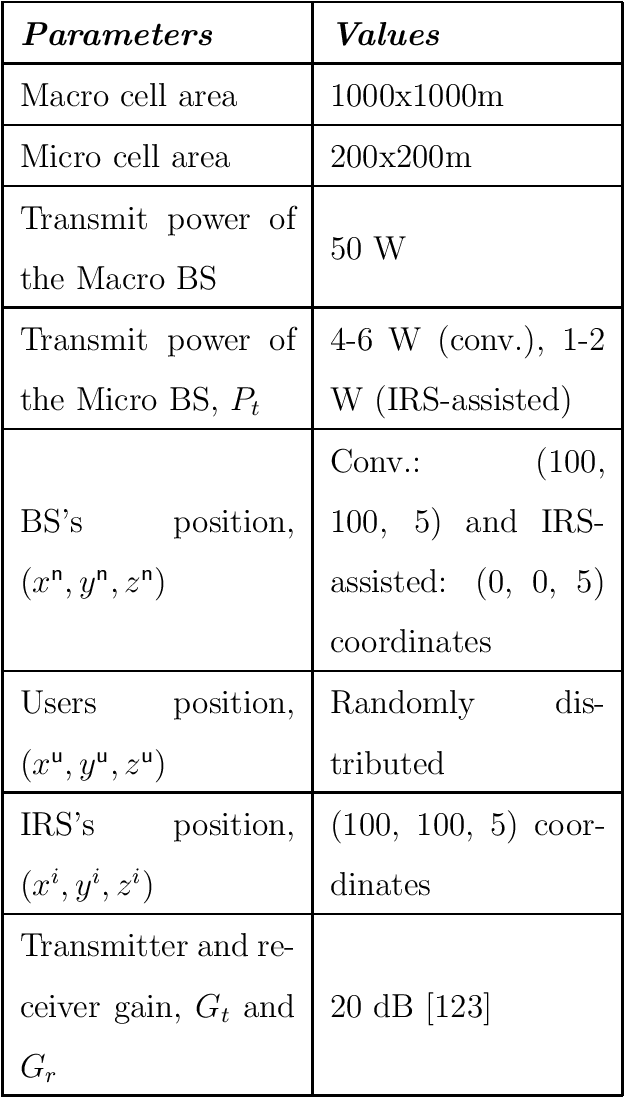
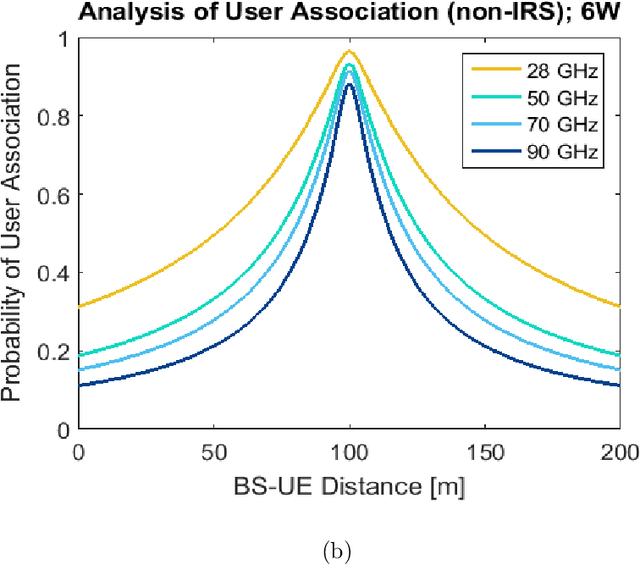
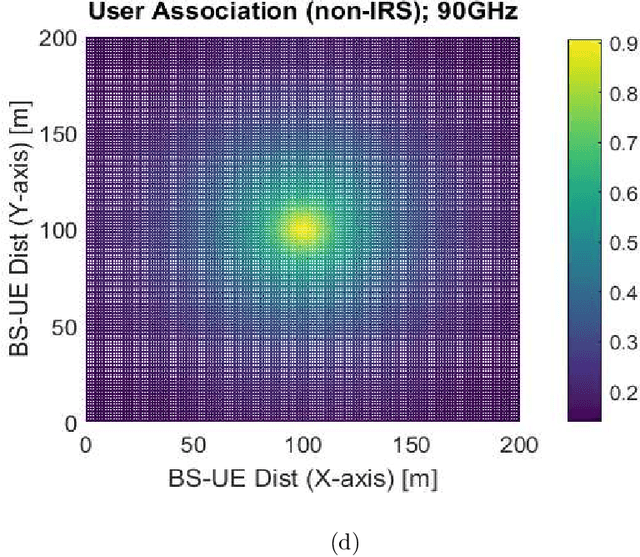
Abstract:Prospective mobile networks will be heterogeneous multi-tier networks, with different classes of base stations (BS) installed dependent on user demand. Multi-tier networks enable operators to enhance system capacity and coverage through flexible implementations. Intelligent reflecting surfaces (IRS) or reconfigurable intelligent surfaces (RIS) is a novel and disruptive technology that comprises a vast number of cost-efficient passive components, each of which can intelligently reflect the incident wave or signal with a reconfigurable phase shift. The objective of this work is to maximize the probability of user association for millimeter-wave (mmWave) carriers in a two-tier 6G network consisting of micro and macro cell tiers. Therefore, the work analyzed and compared the probability of user association for conventional and IRS-assisted micro base stations. The research derived that, the deployment of IRS in a micro cell significantly enhances or maximizes the probability of user association of the entire coverage region including the cell edge. Moreover, the deployment of IRS reduces the transmit power consumption of the micro base station which assures a notable energy efficiency.
Intelligent Reflecting Surfaces for the Enhancement of 6G Internet of Things
Jul 16, 2022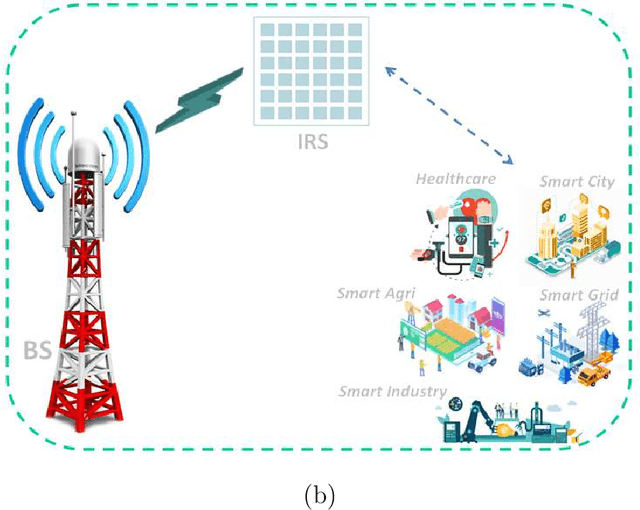
Abstract:With the advancement of sensing technologies over the years, it has become critical to ensure the seamless connectivity of the Internet of Things (IoT) gadgets. With the advancement of communication technology, cellular networks are increasingly being utilized to link IoT systems. An IRS is a rectangular metasurface made up of a vast number of reflecting components that has recently gained research attention due to its ability to significantly improve the energy and spectral efficiencies of communication networks by modifying wireless transmission environments.
IRS for Multi-Access Edge Computing in 6G Networks
Jun 10, 2022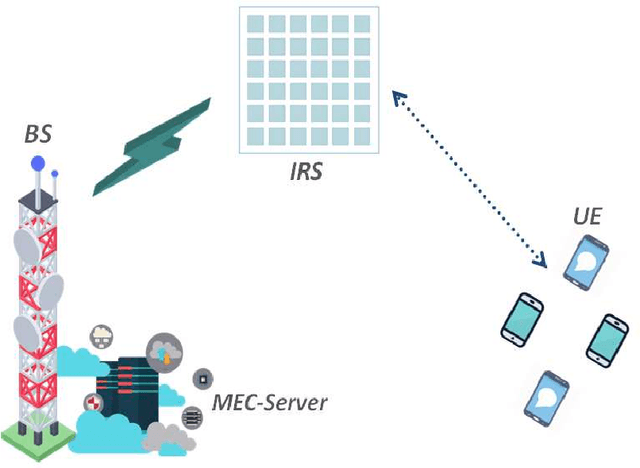
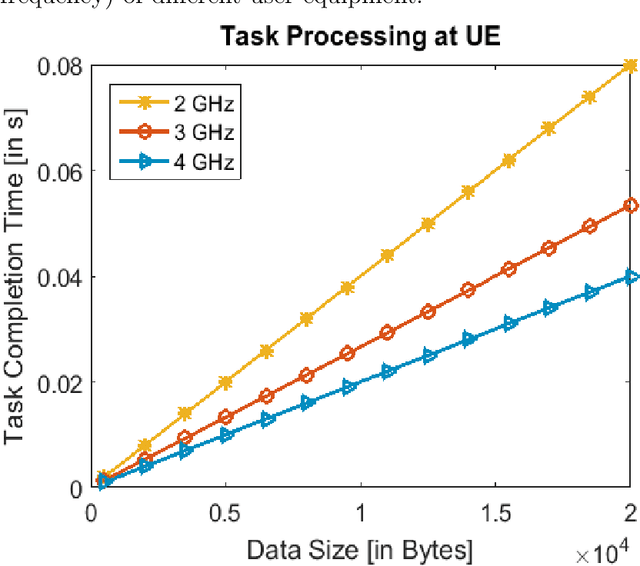
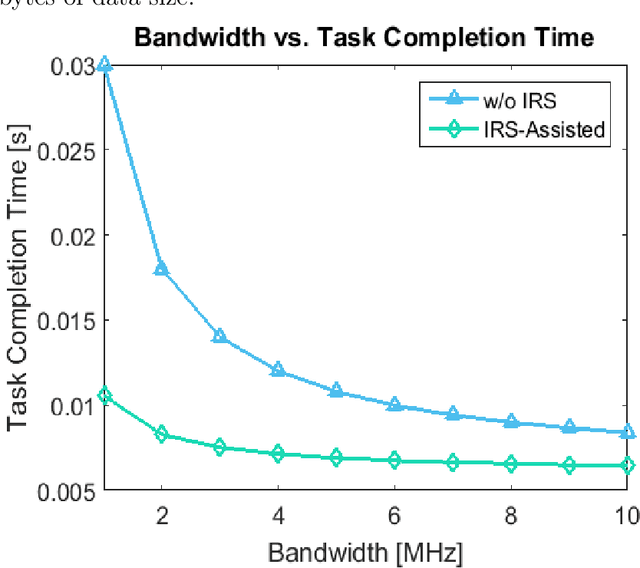
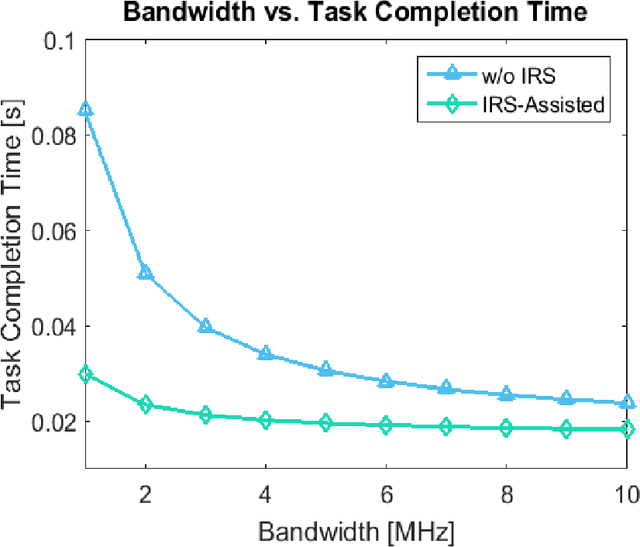
Abstract:Computation offloading in multi-access edge computing (MEC) is an effective paradigm for enabling resource-intensive smart applications. However, when the wireless channel utilized for offloading computing activities is hostile, the proper advantages of MEC may not be completely realized. Intelligent reflecting surface (IRS) is a new technology that has recently attracted significant interest can optimize the wireless transmission environment in a programmable way and improving the connectivity between user equipment (UE) and base station (BS). In this paper, the performance of MEC architecture is analyzed considering both IRS-assisted and without IRS communication scenarios in the context of the urban micro cellular scenarios. The research obtained that the deployment of IRS can reduce the spectrum and energy consumption significantly.
The Deployment of IRS in UAV-Empowered 6G Networks
May 07, 2022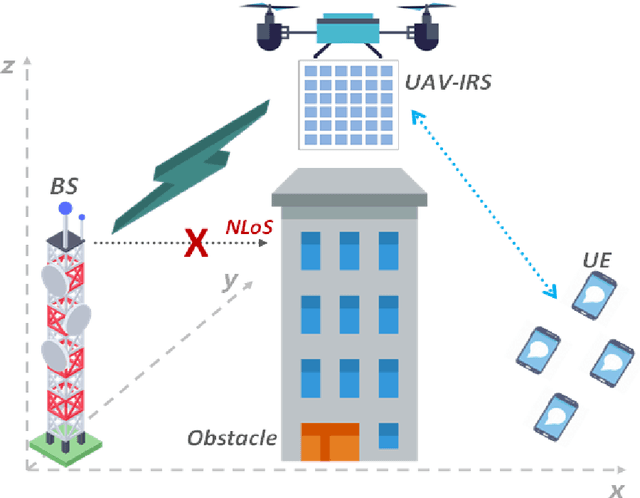
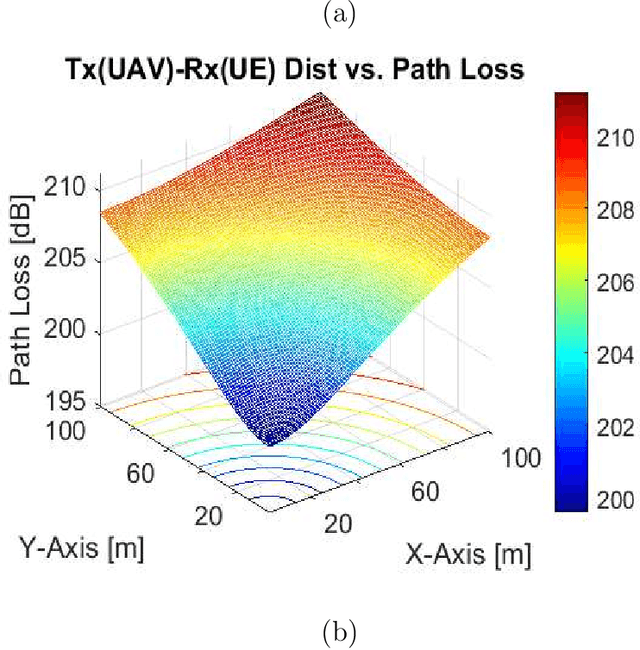
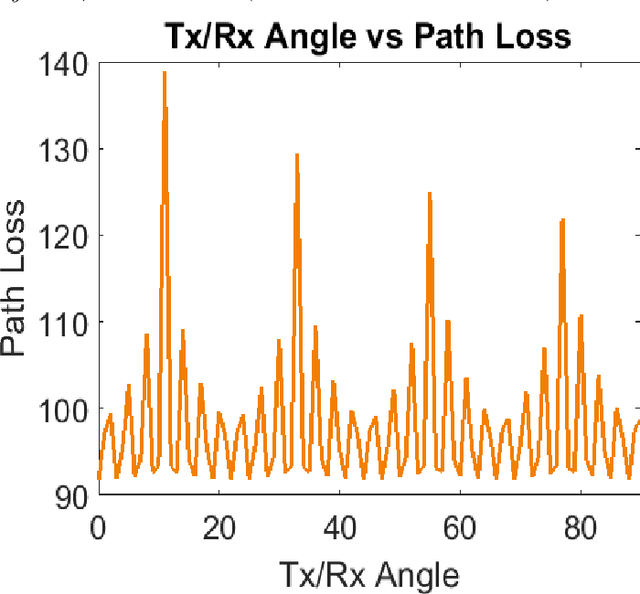
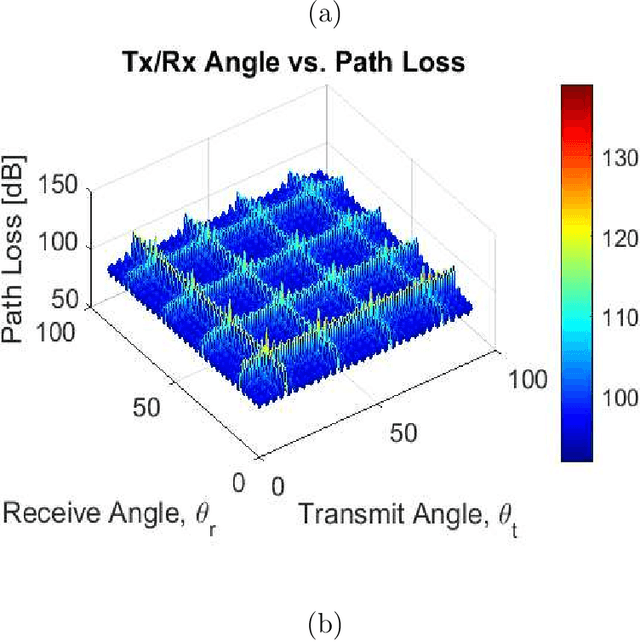
Abstract:Intelligent reflecting surfaces (IRSs) with the ability to reconfigure inherent electromagnetic reflection and absorption characteristics in real-time provide unparalleled prospects to improve wireless connectivity in adverse circumstances. Unmanned aerial vehicles (UAV)-assisted wireless networks are evolved as a reliable solution to combat non-line of sight (NLoS) scenarios. Thereby, the IRS-empowered UAV-assisted cellular networks will be a significant role-player to improve the coverage and user experiences. The paper aimed to minimize the path loss and maximize the achievable data rate in IRS-UAV-assisted networks. In this context, the work analyzed path loss and achievable rate utilizing millimeter wave (mmWave) carrier considering the conventional UAV model and IRS-empowered UAV communication model. The research obtained that the IRSempowered UAV communications model can significantly minimize path loss and maximize the achievable data rate compared to the conventional UAV-assisted model.
Indoor Localization Under Limited Measurements: A Cross-Environment Joint Semi-Supervised and Transfer Learning Approach
Aug 04, 2021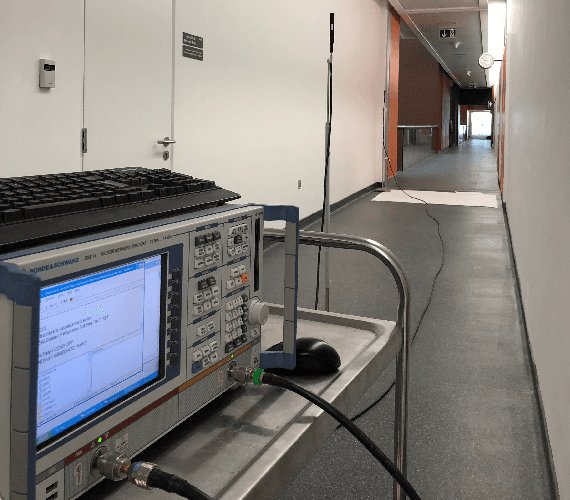
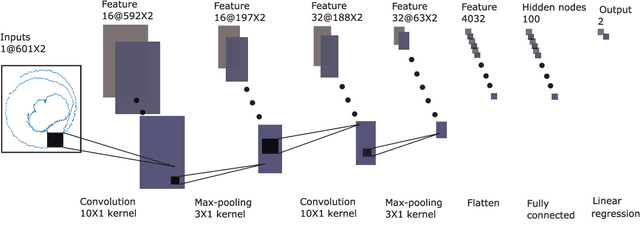
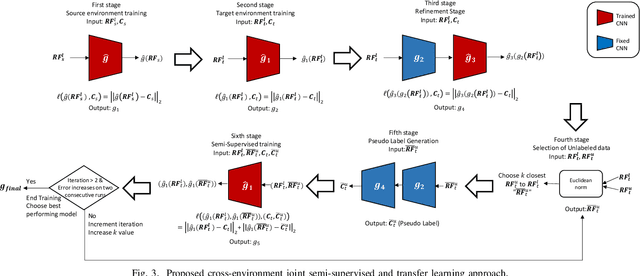
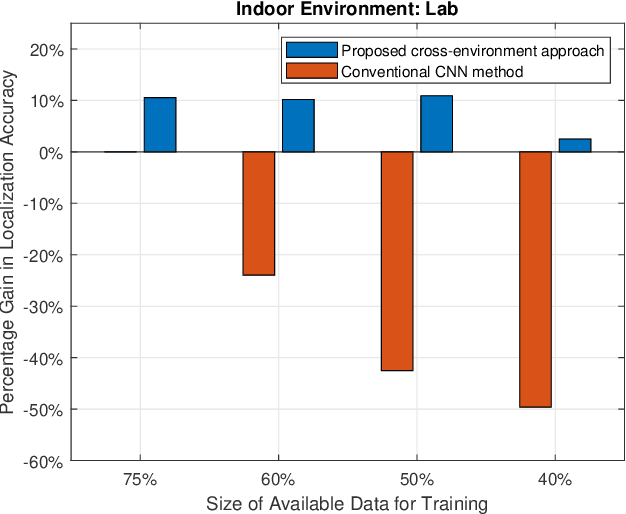
Abstract:The development of highly accurate deep learning methods for indoor localization is often hindered by the unavailability of sufficient data measurements in the desired environment to perform model training. To overcome the challenge of collecting costly measurements, this paper proposes a cross-environment approach that compensates for insufficient labelled measurements via a joint semi-supervised and transfer learning technique to transfer, in an appropriate manner, the model obtained from a rich-data environment to the desired environment for which data is limited. This is achieved via a sequence of operations that exploit the similarity across environments to enhance unlabelled data model training of the desired environment. Numerical experiments demonstrate that the proposed cross-environment approach outperforms the conventional method, convolutional neural network (CNN), with a significant increase in localization accuracy, up to 43%. Moreover, with only 40% data measurements, the proposed cross-environment approach compensates for data inadequacy and replicates the localization accuracy of the conventional method, CNN, which uses 75% data measurements.
Temporal Averaging LSTM-based Channel Estimation Scheme for IEEE 802.11p Standard
Jun 09, 2021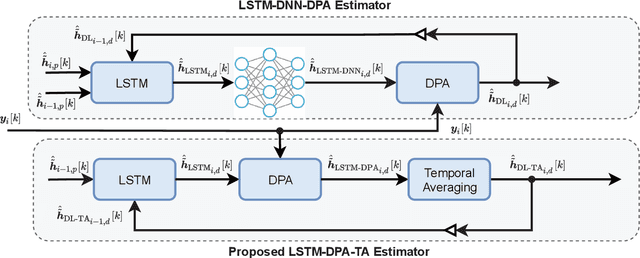
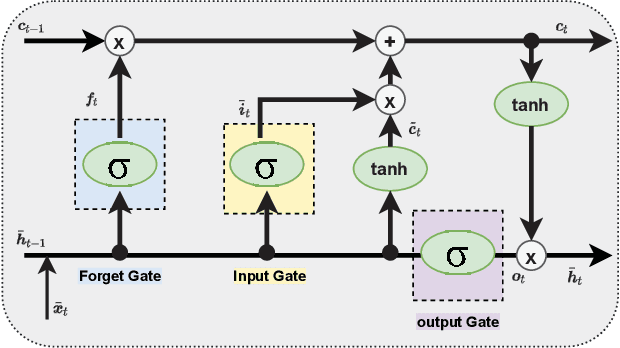
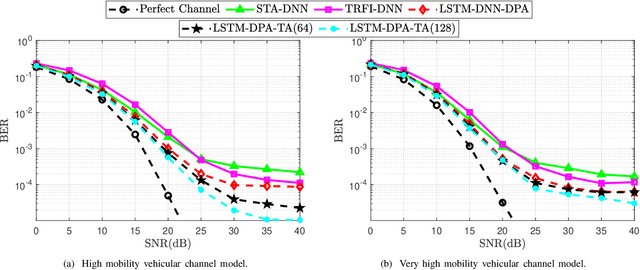
Abstract:In vehicular communications, reliable channel estimation is critical for the system performance due to the doubly-dispersive nature of vehicular channels. IEEE 802.11p standard allocates insufficient pilots for accurate channel tracking. Consequently, conventional IEEE 802.11p estimators suffer from a considerable performance degradation, especially in high mobility scenarios. Recently, deep learning (DL) techniques have been employed for IEEE 802.11p channel estimation. Nevertheless, these methods suffer either from performance degradation in very high mobility scenarios or from large computational complexity. In this paper, these limitations are solved using a long short term memory (LSTM)-based estimation. The proposed estimator employs an LSTM unit to estimate the channel, followed by temporal averaging (TA) processing as a noise alleviation technique. Moreover, the noise mitigation ratio is determined analytically, thus validating the TA processing ability in improving the overall performance. Simulation results reveal the performance superiority of the proposed schemes compared to recently proposed DL-based estimators, while recording a significant reduction in the computational complexity.
 Add to Chrome
Add to Chrome Add to Firefox
Add to Firefox Add to Edge
Add to Edge